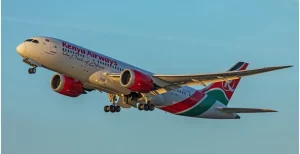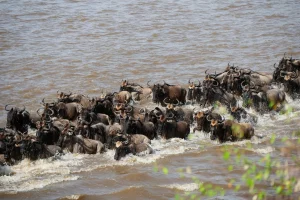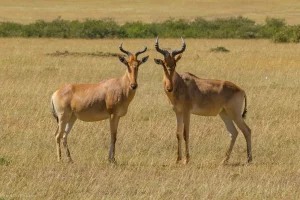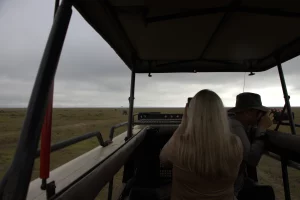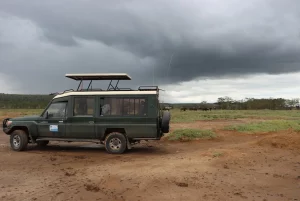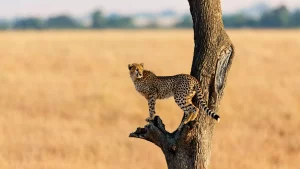Ultimate Guide to Exceptional Safaris Kenya Tanzania – Adventure Awaits!
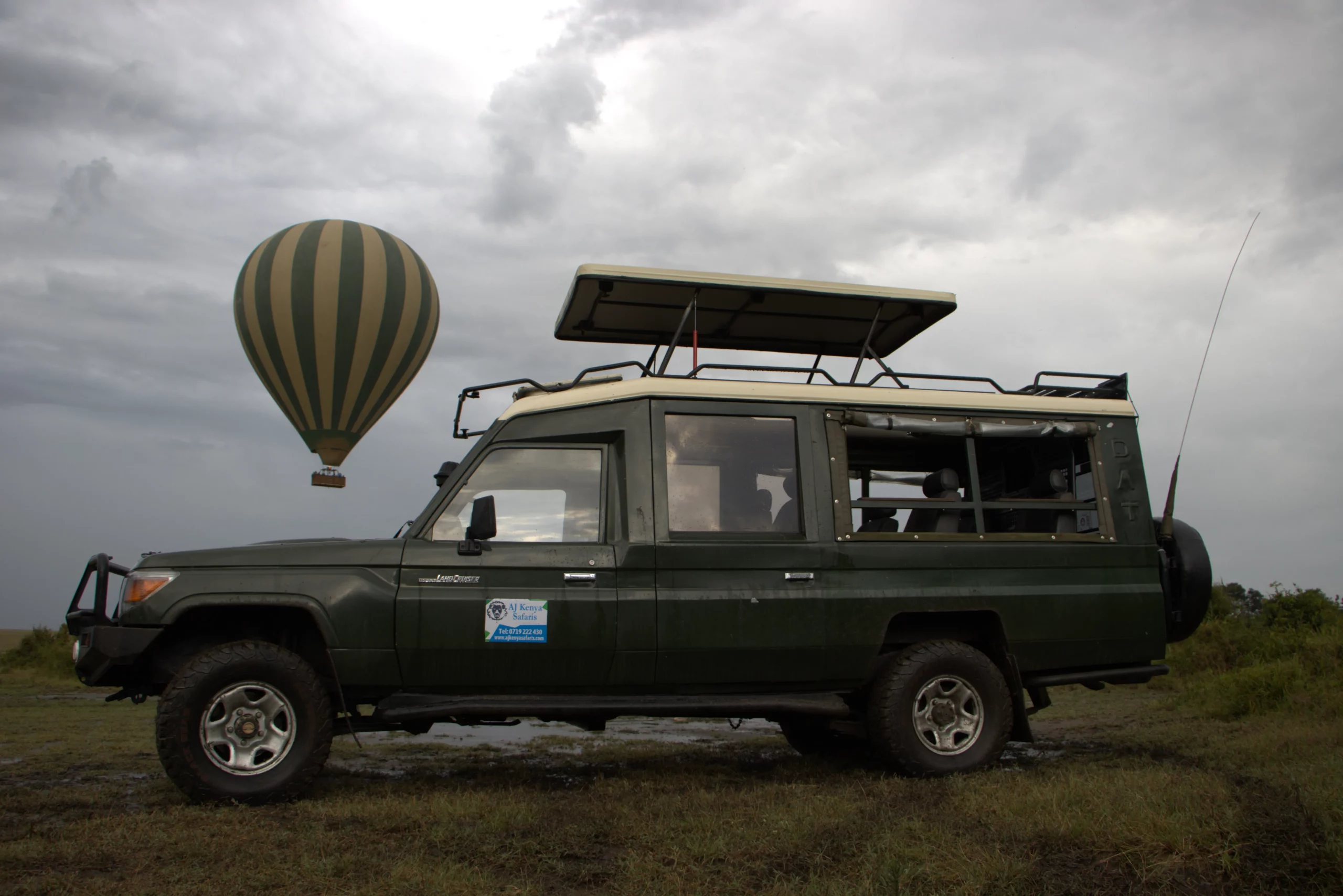
Why are safaris Kenya-Tanzania so unforgettable? See the ‘Big Five’, traverse through iconic parks like the Masai Mara and Serengeti Game Reserves, and witness nature’s grandeur. This article walks you through these once-in-a-lifetime experiences, guiding you on when to visit, what to expect, and tips for seamless planning of Kenya and Tanzania unforgettable safari experience.
How to Book Your Kenya and Tanzania Safari Tours with Us
Although an international Kenya-Tanzania border separates southern Kenya and Tanzania, you can still book a wildebeest migration tour to these safari destinations with us. The best part, we provide you with a private safari for great migration and other tours. To learn more about Kenya and Tanzania cost of a private safari, Kindly reach us through the following means.
For booking, inquiries, or questions about our Maasai Mara National Reserve safaris, please contact us at james@ajkenyasafaris.com or safarioffers@ajkenyasafaris.com or WhatsApp/Call +254-748-258-880.
Our Most Booked Kenya and Tanzania Safaris
| Our Popular Packages | See the Detailed Itinerary | Safari Price/Quote |
| 6-Day Amboseli, L. Naivasha, & Masai Mara Safari | View the Itinerary | From USD 1950 |
| 6-Day Amboseli, Lake Nakuru, and Masai Mara Safari | View the Itinerary | From USD 1665 |
| 6-Day Hell’s Gate, Lake Naivasha, Lake Nakuru, & Masai Mara Safari | View the Itinerary | From USD 1745 |
| 6-Day Hell’s Gate, L. Nakuru, & Masai Mara Safari | View the Itinerary | From USD 2050 |
| 6-Day Nairobi & Masai Mara Family Safari | View the Itinerary | From USD 2500 |
| 6-Day Nairobi, L. Nakuru, & Masai Mara Safari | View the Itinerary | From USD 2870 |
| 7-Day Amboseli, Hell’s Gate, L Naivasha, & Masai Mara Safari | View the Itinerary | From USD 1945 |
| 7-Day Amboseli, L. Nakuru, & Masai Mara Safari | View the Itinerary | From USD 1800 |
| 7-Day Amboseli, Naivasha, Hell’s Gate, and Masai Mara Safari | View the Itinerary | From USD 2395 |
| 8-Day Masai Mara, L. Nakuru, & Diani Safari | View the Itinerary | From USD 1778 |
| 8-Day Honeymoon Safari in Kenya | View the Itinerary | From USD 2309 |
| 9-Day Helicopter Tour Safari in Kenya | View the Itinerary | From USD 9068 |
| 10-Day Classic Safari in Kenya | View the Itinerary | From USD 3990 |
| 10-Day Kenya Wildlife Safari | View the Itinerary | From USD 3890 |
| 12-Day Safari in Kenya | View the Itinerary | From USD 4050 |
| 18-Day Safari in Kenya | View the Itinerary | From USD 7800 |
| 3-Day African Safari in Kenya | View the Itinerary | From USD 1600 |
| 3-Day Masai Mara Budget Safari | View the Itinerary | From USD 1705 |
Images & Photos
Key Takeaways
- Kenya and Tanzania offer world-class safari experiences featuring iconic wildlife parks like the Masai Mara and Serengeti National Park. The attractions host the famous wildebeest migration between the international border of these Africa’s legendary parks.
- Here, visitors can witness the ‘Big Five’ and embark on unique adventures such as hot-air balloon safaris.
- Personalized itineraries allow for tailored safari experiences in Kenya and Tanzania, with choices ranging from luxury lodges to budget-friendly camping, and the option between private and group tours to match preferences and budgets.
- In addition to watching the Great Wildebeest Migration, travelers can enrich their safari with diverse activities such as cultural immersions, conservation experiences, bird safari tour, and encountering a vast array of wildlife in various national parks throughout the year.
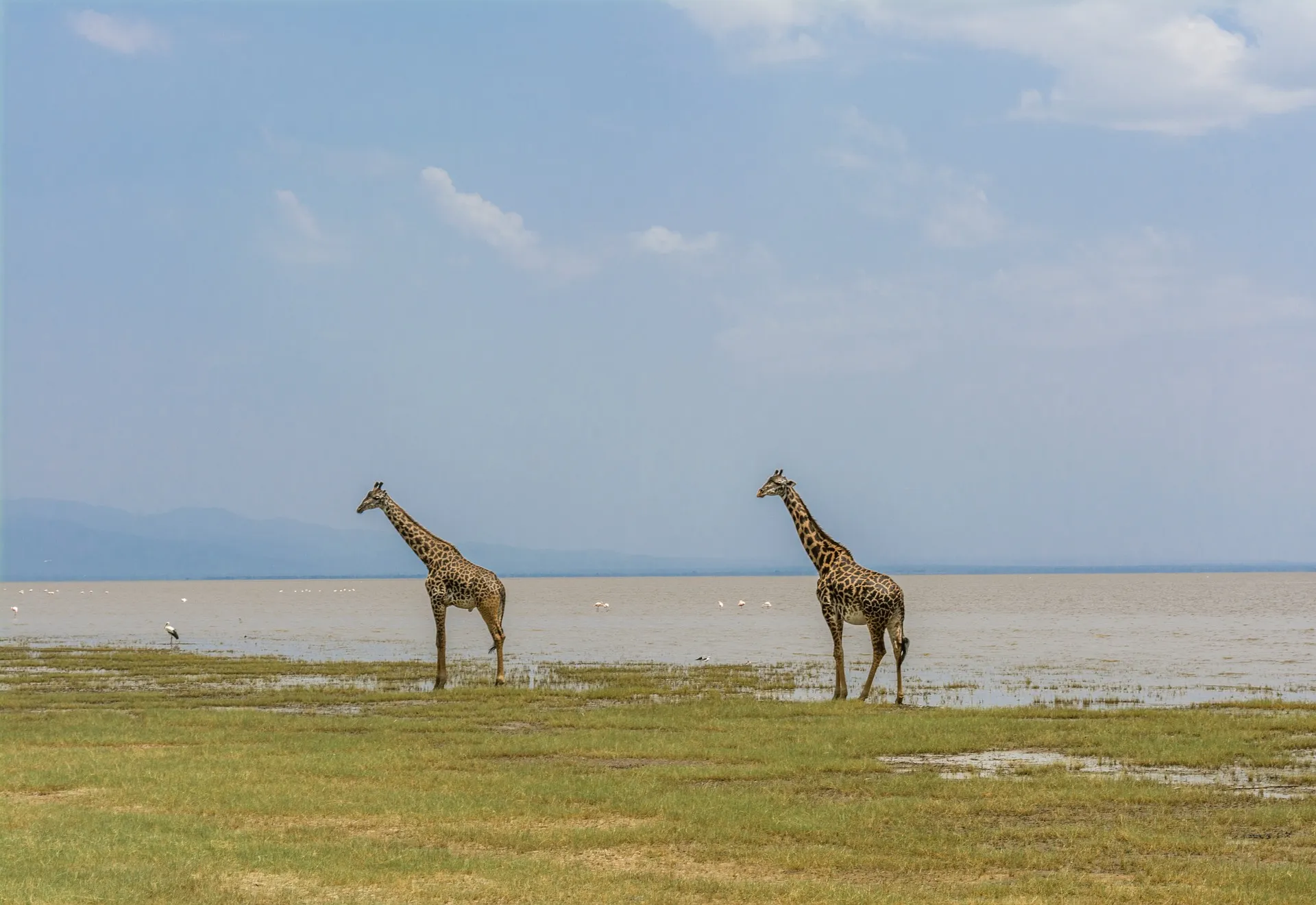
Exploring the Best of East Africa: Kenya and Tanzania Safari Highlights
Experience the breathtaking allure of two of the most famous wildlife parks globally, the Masai Mara in Kenya and the Serengeti National Park in Tanzania. These iconic destinations offer unique opportunities to encounter the grandeur of African wilderness, highlighted by sightings of the ‘Big Five’:
- Lions
- Leopards
- Elephants
- Buffalos
- Black and white rhinos
Witness the vast open plains of the Serengeti, a UNESCO World Heritage Site, and its diverse wild animals, including an impressive array of predators like lions and cheetahs.
Embark on combined Kenya safari tours that incorporate both the Masai Mara Kenya and Tanzania’s Serengeti. This ensures a comprehensive East African wildlife experience through these connected ecosystems.
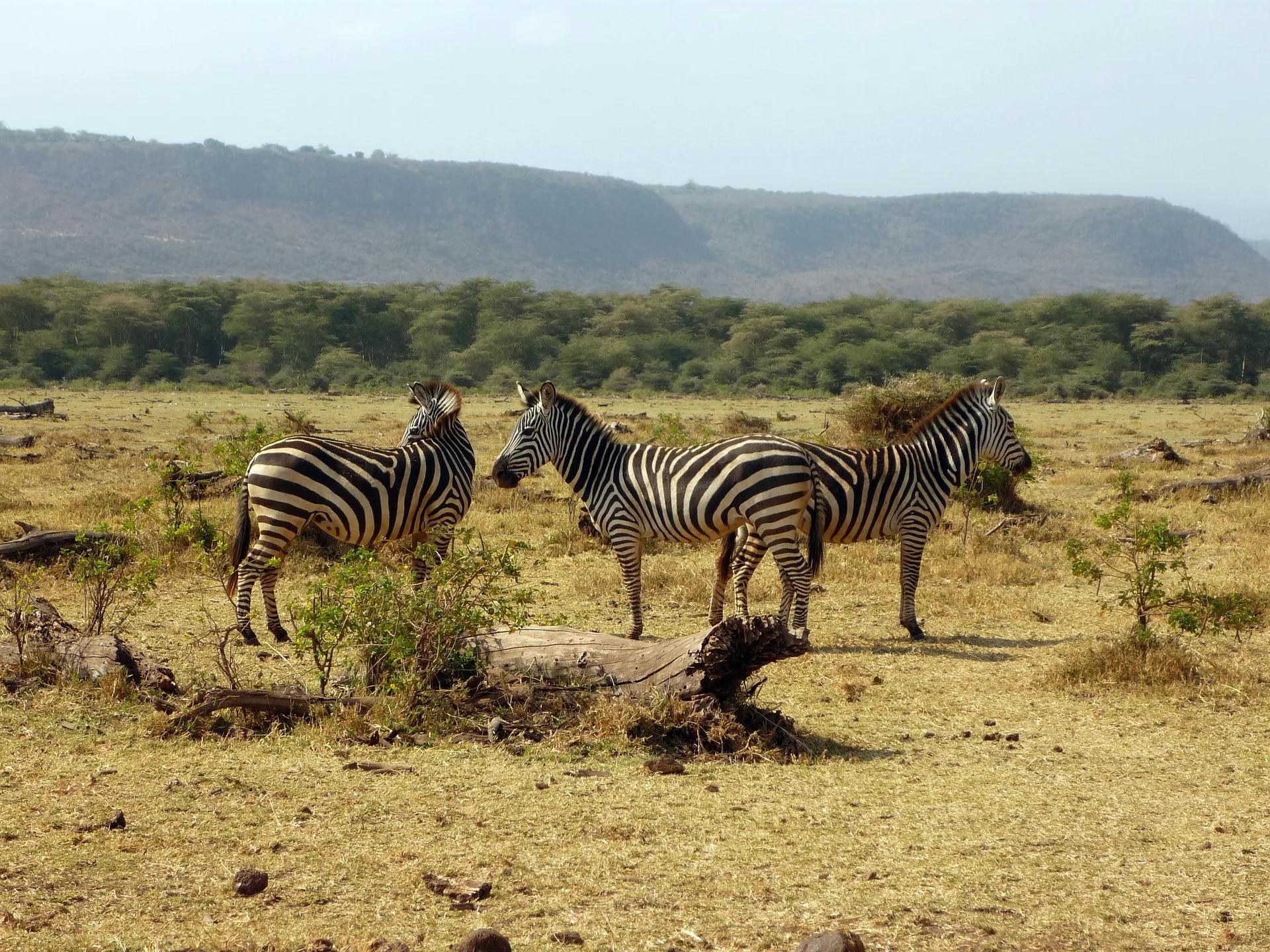
The Allure of Masai Mara Game Reserve
The Masai Mara is renowned for the Great Wildebeest Migration, a cyclical pilgrimage of over 1.5 million wildebeests, along with zebras, elands, and gazelles, in search of pasture and water. The peak of the migration from July to September includes dramatic Mara River crossings, where vulnerable herds face threats from both natural predators and the river’s treacherous conditions.
But the allure of the Masai Mara goes beyond the migration. It is also home to one of Africa’s largest lion populations, providing visitors with frequent and exceptional big cat sightings. For a unique perspective of the Masai Mara Kenya awesome landscapes and wildlife at dawn, adventurous visitors can embark on hot-air balloon safaris.
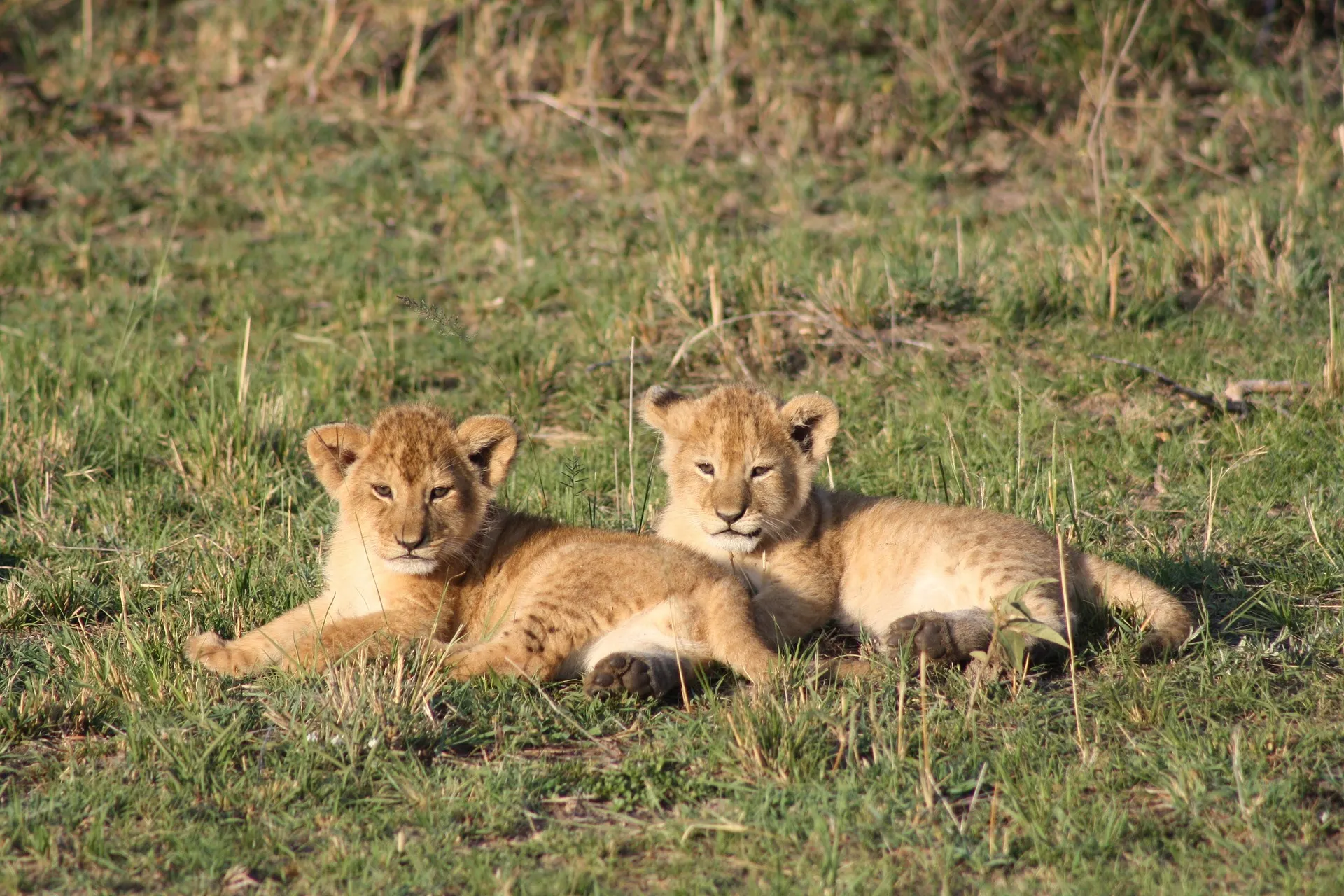
Unveiling the Wonders of Serengeti National Park
The Serengeti National Park is a signature wonder of Kenya & Tanzania combined safaris, illustrating its prominence and value as a top safari destination. As a key part of Tanzania’s classic northern reserves, which include Tarangire, Manyara, Ngorongoro, it showcases the extensive and diverse wilderness areas that Tanzania has to offer to visitors.
The huge plains of East Africa are teeming with diverse wildlife, giving you the chance to witness nature’s drama unfold before your eyes. Some of the wildlife you can see in the Serengeti includes:
- Lions on the hunt
- Gazelles grazing peacefully
- Wildebeests migration in massive herds
- Elephants roaming freely
- Cheetahs sprinting across the savannah
The Serengeti offers a wildlife spectacle that is unparalleled.

Tailored Safaris Across Kenya and Tanzania
Kenya & Tanzania combined safaris need not be one-size-fits-all. Personalize your Kenya and Tanzania safari tour with tailored itineraries, choosing the length of your Tanzania safari holidays, types of accommodation, and specific activities to create a hands-on customized experience. For those seeking an extra touch of luxury, options such as champagne breakfasts, sunset cocktails, and private dinners under the stars are available on our Tanzania safari tours.
Combined safaris typically last 12 to 18 days, providing ample time to explore the diverse landscapes and wildlife of Kenya and Tanzania. With personalized itineraries that suit your schedule, enjoy a tailor-made trip that caters to your individual preferences and covers destinations like Amboseli National Park, Ngorongoro Crater, and others.
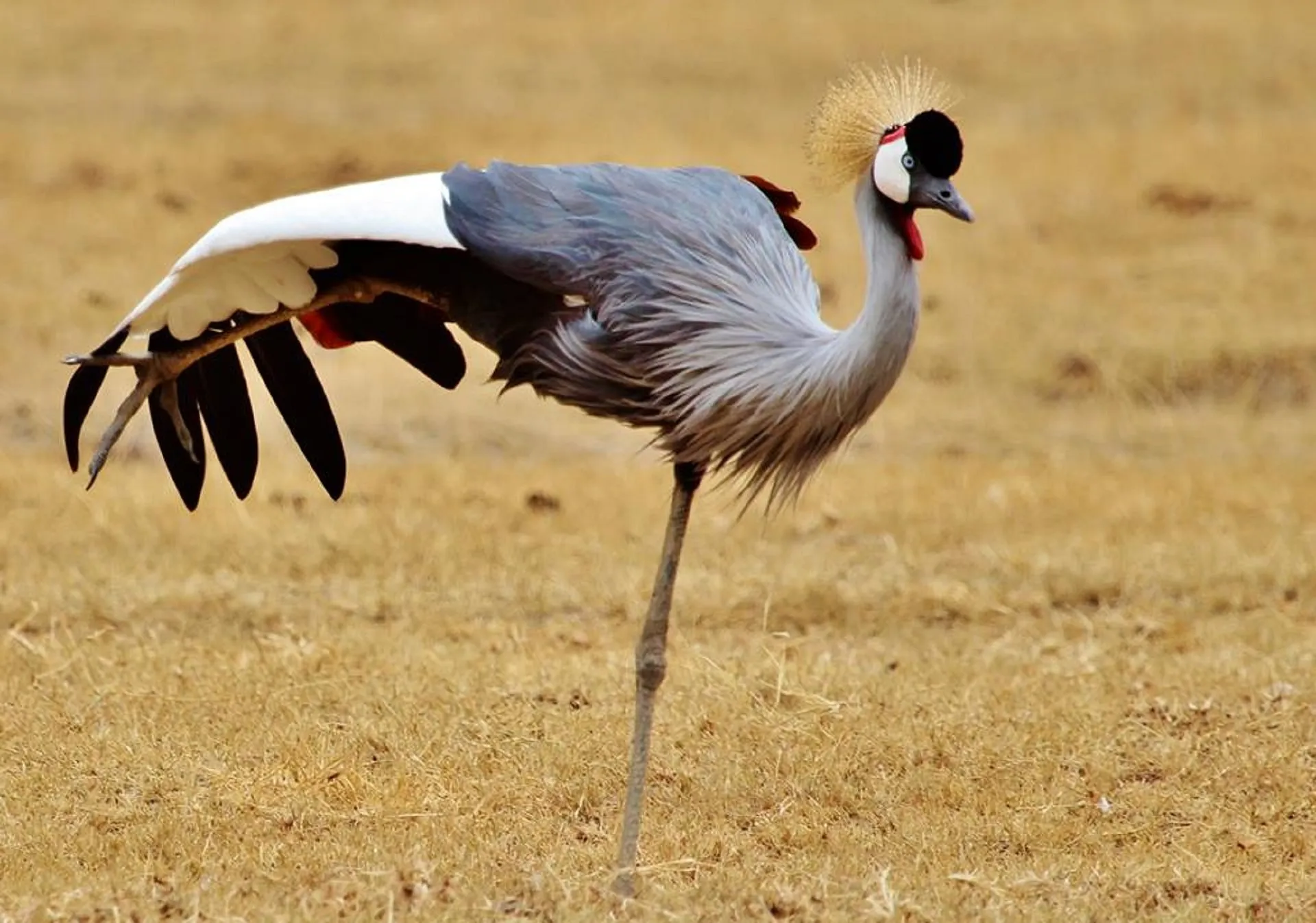
Private vs. Group Safari Tours
Choosing between a private and a group tour is an important aspect of planning your safari. Private safaris offer a more intimate experience, with greater control over the itinerary. Group safaris follow a shared fixed schedule, offering a more social experience but potentially limiting spontaneity.
When it comes to cost, private safaris can be surprisingly cost-effective, allowing for a tailored selection of accommodations to match your budget. Scheduling a private safari is straightforward and flexible, reducing frustrations such as potential cancellations or the need for group consensus.
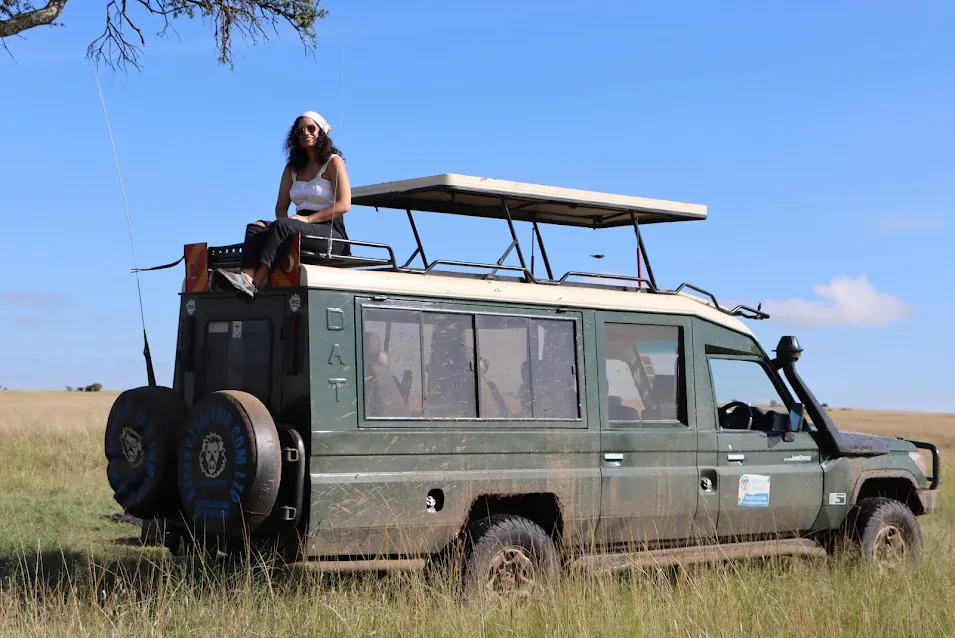
Accommodation Styles: From Bush to Beach
Accommodation during a safari can range from the luxury of safari lodges with full-service amenities to budget-conscious camping options, catering to a variety of preferences and budgets. Safari lodges provide a comfortable stay with amenities like swimming pools and spa services. Tented camps offer a semi-permanent setup with canvas walls and private bathrooms, combining comfort with a sense of being close to nature for an ultimate safari when you visit Kenya or Tanzania.
For those seeking an authentic safari experience, there are different accommodation options available:
- Tented camps: These offer comfortable canvas tents with ensuite bathrooms that enhance the connection with the wilderness.
- Camping options: For those on a tight budget, there are camping options that involve setting up tents at campsites with shared facilities.
- City hotels/lodges: These provide convenience for those preferring to stay closer to urban areas.

Journey Through the National Parks of Kenya and Tanzania
Venture beyond the Masai Mara National Reserve and Serengeti to discover the other national parks of Kenya and Tanzania. Amboseli National Park, hailed as the ‘Home of the African Elephant,’ offers stunning views of Mount Kilimanjaro and diverse landscapes including savannahs, woodlands, and wetlands.
Lake Nakuru National Park is home to pink flamingos, buffalos, and baboons, offering a rich tapestry of wildlife for visitors to witness.
Another must-visit is the Ngorongoro Conservation Area, renowned for its dense wildlife population within the Ngorongoro Crater. It’s home to species such as:
- lions
- leopards
- elephants
- buffalos
- the elusive black rhinos
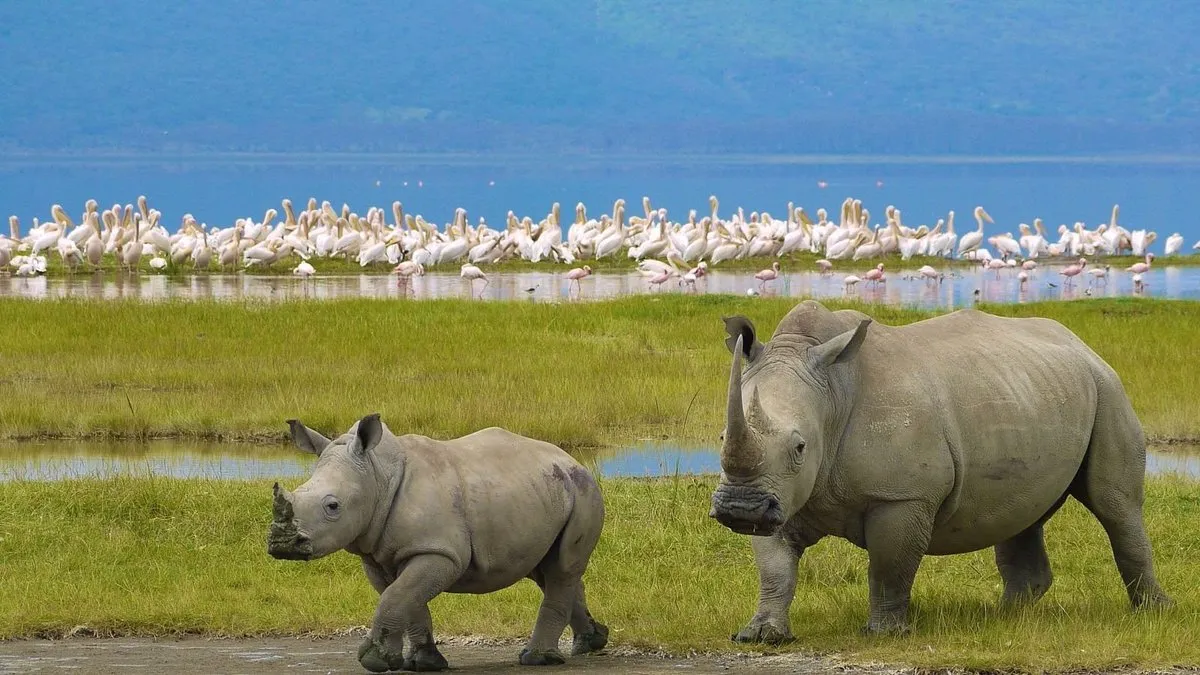
Bird Watching and Game Viewing in Lake Manyara National Park
Lake Manyara National Park is a paradise for bird lovers, home to over 400 bird species and offering excellent bird viewing opportunities. The park’s rich birdlife includes:
- Thousands of pink flamingos
- Storks
- Pelicans
- Cormorants
Migratory birds from Europe and Northern Africa visit from November to April.
Apart from its avifauna, Lake Manyara is famous for its tree-climbing lions, offering an unexpected sight that adds to the park’s uniqueness.
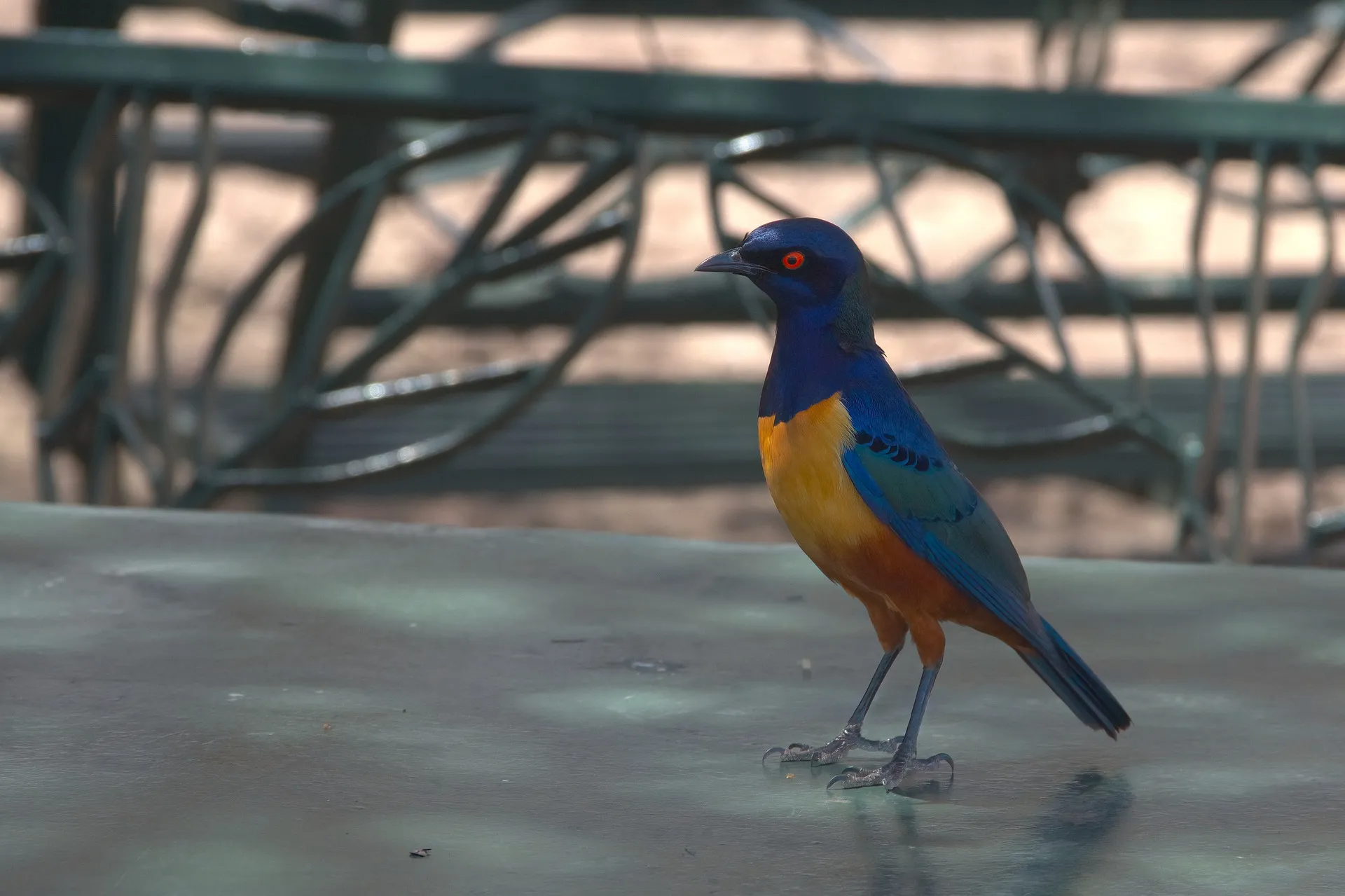
The Big Five and Beyond in Ngorongoro Crater
The Ngorongoro Crater hosts one of the densest mammal populations in Africa, with over 25,000 animals living within the crater. It has the highest density of lions compared to anywhere else on Earth, with over 55 resident lions.
Ngorongoro Crater is renowned for its wildlife, including:
- Black rhinos
- Wildebeest
- Hyenas
- Zebras
- Elands
- Gazelles
These animals provide visitors with a rich tapestry of wildlife to witness during the tour of Ngorongoro Crater.
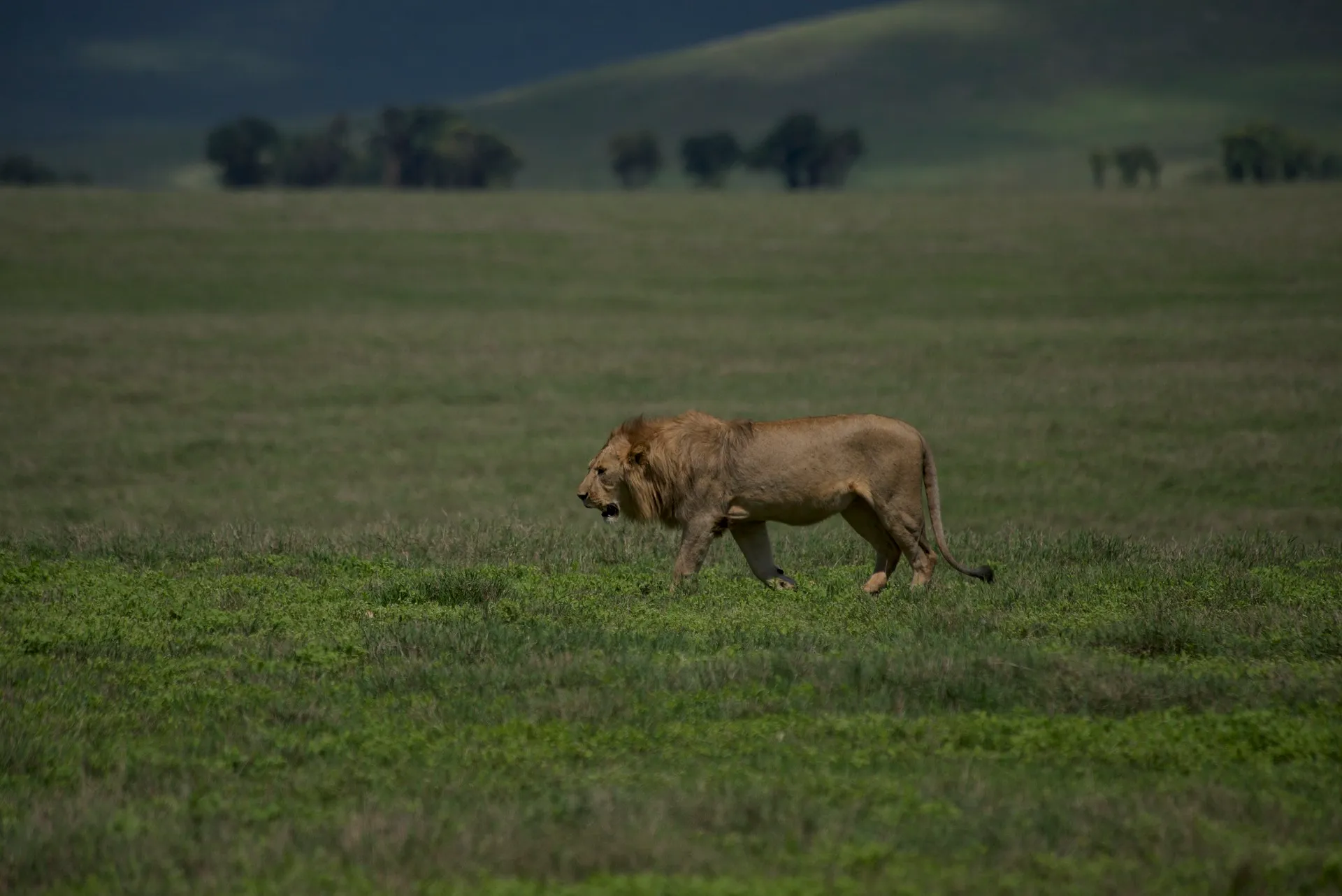
Seasonal Splendors: When to Go on Kenya Tanzania Safaris
Timing your safari can greatly enhance your wildlife viewing experience. In general, the dry seasons from June to October in Kenya, and June to November in Tanzania, are ideal for game viewing, with the added highlight of the wildebeest migration between July and October. The months of November and December, with short afternoon rains and lush greenery, attract fewer visitors but still offer excellent wildlife sightings.
The main rainy season from March through May can disrupt some game viewing opportunities, but it is a period of birthing young animals and wildflowers blooming, making it attractive for some travelers. The migratory patterns of wildlife, especially the movement of the migration herds, are significantly influenced by the cycle of rainy and dry seasons.
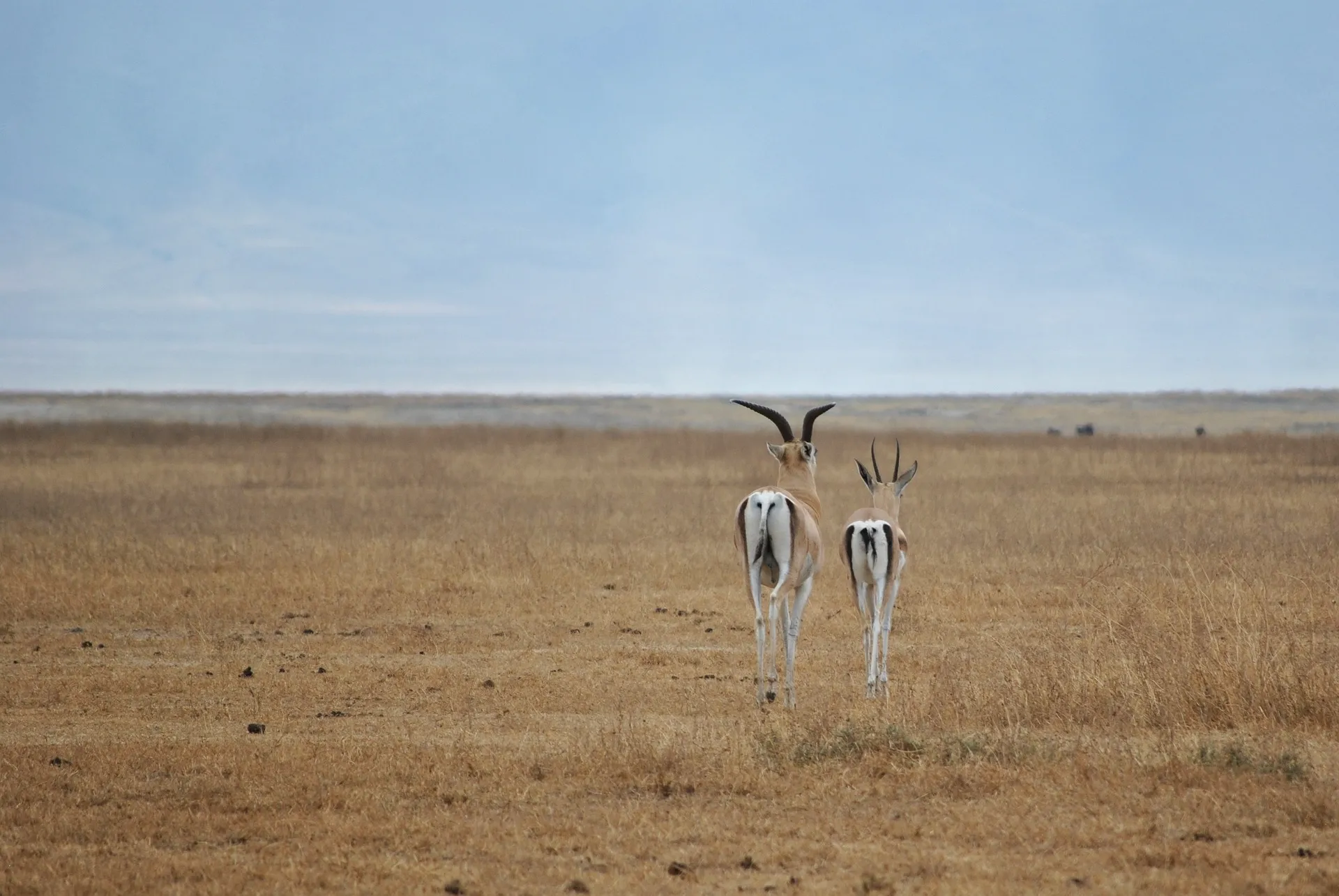
Tracking the Great Migration
The Great Wildebeest Migration is one of nature’s most awe-inspiring spectacles. It involves almost 2 million wildebeests, gazelles, impalas, topis, and zebras. They migrate annually from Tanzania’s Ndutu Region to Serengeti National Park and onwards to Kenya’s Maasai Mara. The migration is shaped by the patterns of rainfall and the search for greener pastures, which are essential for mating and calving activities.
The calving season, a significant highlight of the migration, occurs from January to March in the Ngorongoro Conservation Area and southern Serengeti, where thousands of wildebeest calves are born daily. The dramatic Mara River crossings can be witnessed from late July to August and from the last two weeks of October through early November, offering an unforgettable spectacle.
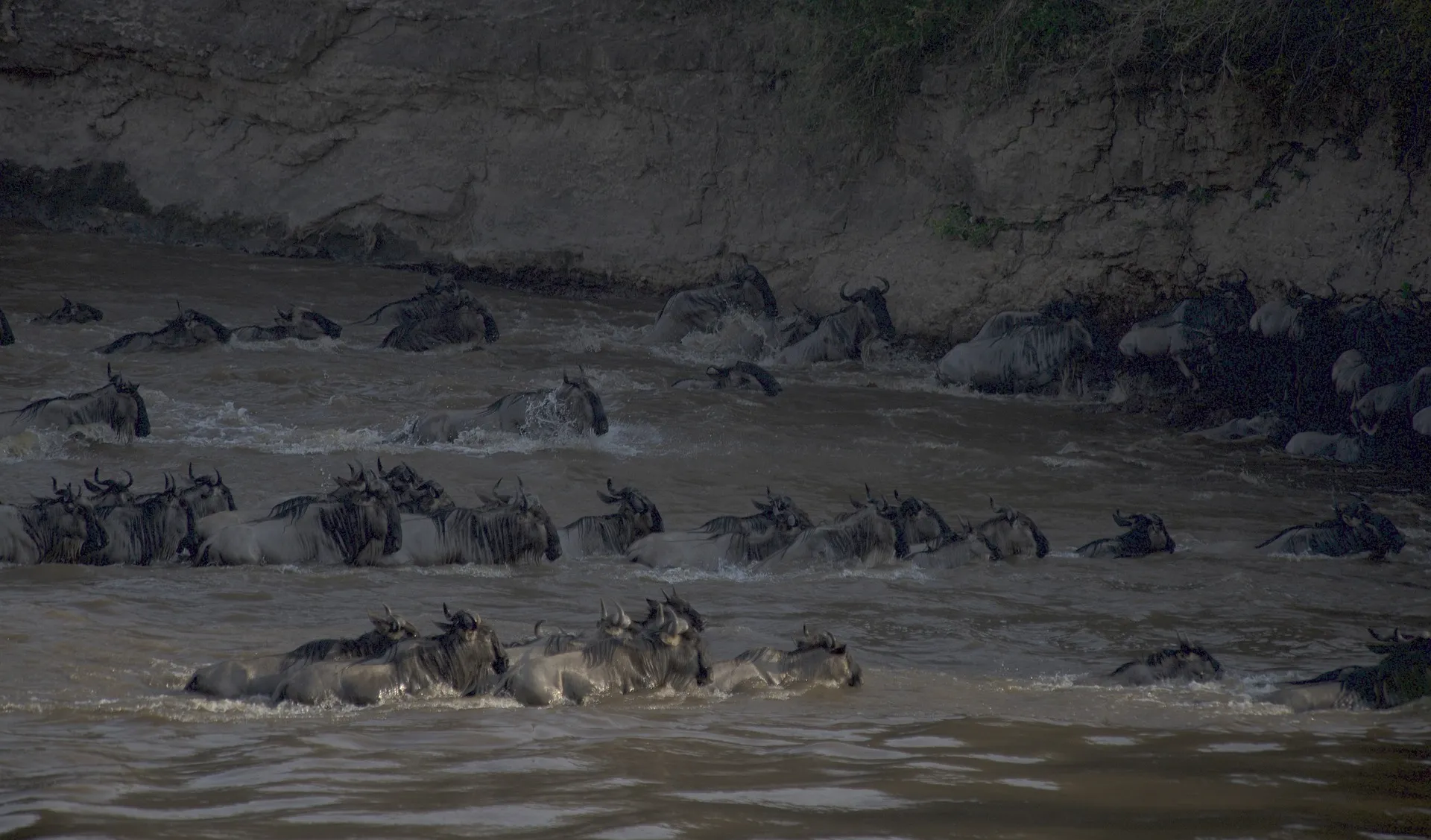
Optimal Game Viewing Seasons
The period from January 10th to April 1st and from November 1st to December 15th is considered optimal for spotting the big five and big cats. You can spot these animals in major parks like the Amboseli National Park, Ngorongoro Crater, Masai Mara, and Serengeti. By the beginning of December, most mammals have birthed young, increasing the chances of spotting baby animals and witnessing heightened predator activity.
The time between November’s short rains and the long rains of April and May, particularly from early December to late March, offers not only great game viewing but also good value for money. Shoulder seasons, marked by periods such as early December to late March, see fewer visitors, resulting in better rates and a more private combined Kenya and Tanzania tour experience.
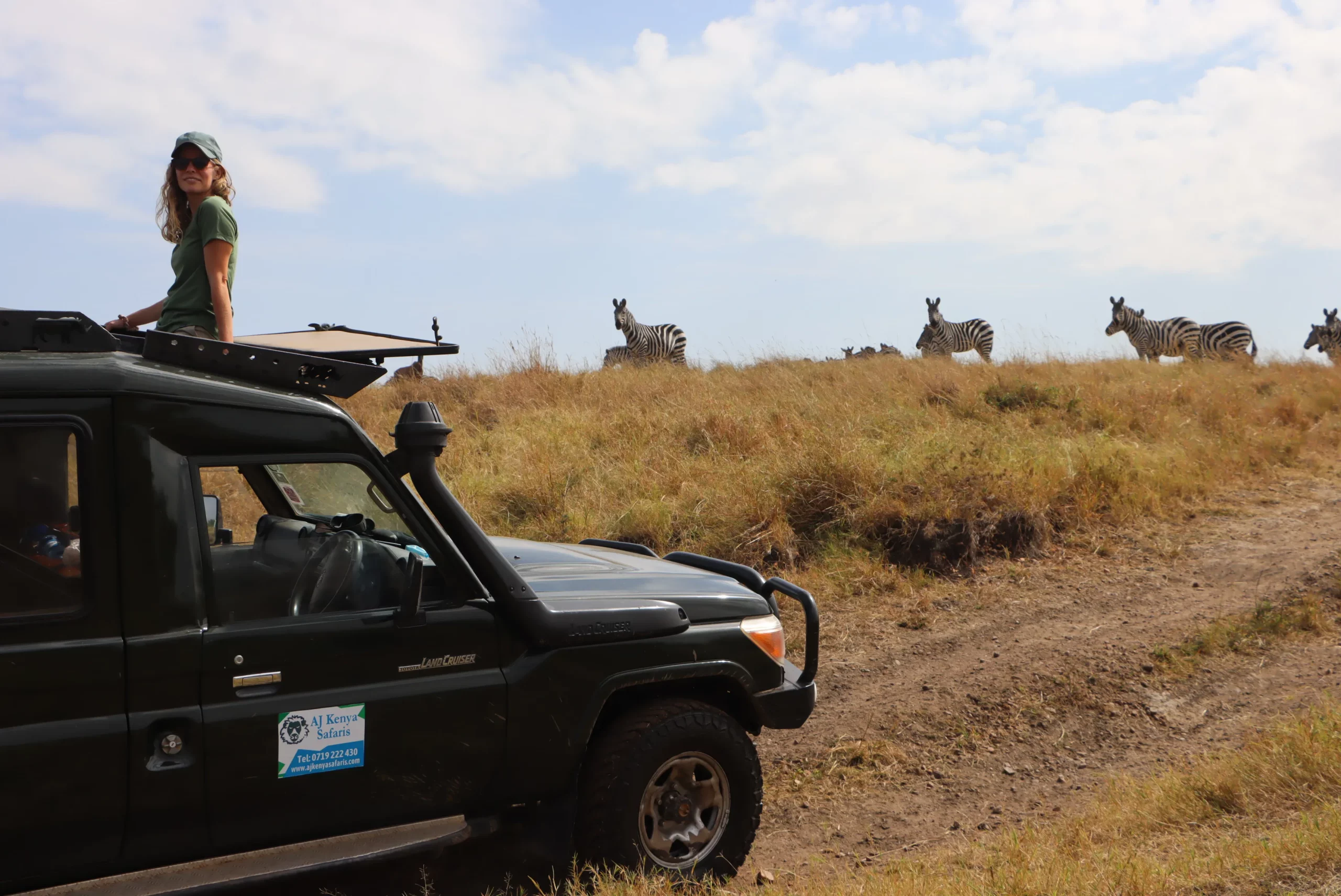
Adventure Activities Beyond Game Drives
While game drives are a central part of Kenya-Tanzania combined safari tours, there are plenty of additional activities to enhance your adventure. Some of these activities include:
- Cultural immersions with local tribes
- Conservation experiences with wildlife organizations
- Guided nature walks
- Hot air balloon safaris
- Boat safaris
- Bird safari tour
These activities allow you to delve deeper into East Africa’s natural beauty and have a more immersive safari experience.
For those interested in conservation, there are a host of organizations dedicated to wildlife protection, offering unique opportunities to learn about and contribute to conservation efforts.
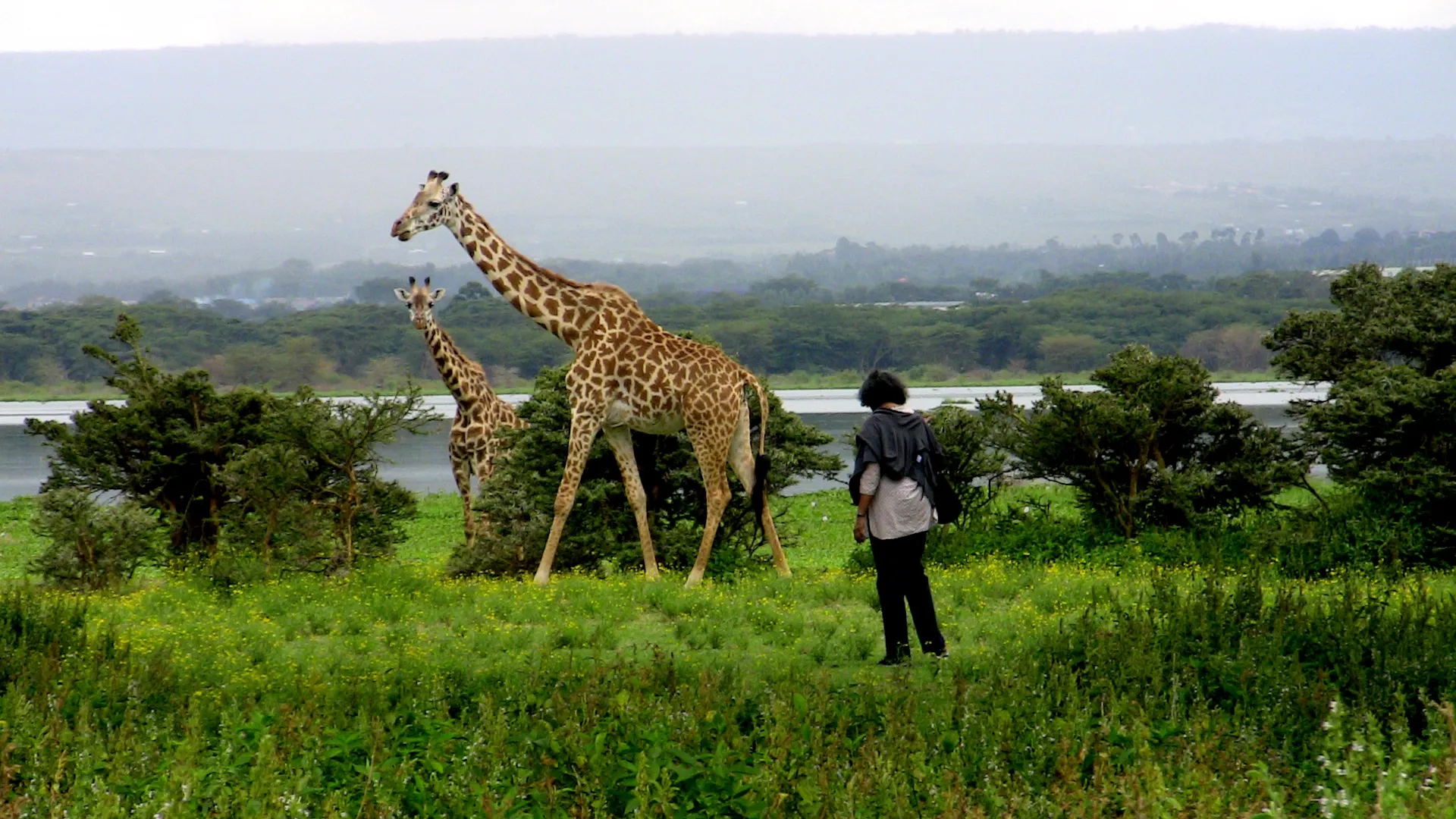
Cultural Immersion with Local Tribes
Local tribes such as the Maasai and the Samburu offer fascinating insights into Kenya’s and Tanzania’s rich cultural heritage. A visit to a Maasai village in Masai Mara Game Reserve or Lake Manyara & Serengeti National Parks, for instance, offers a deep dive into their rich cultural heritage and daily life. You can experience the Maasai’s distinctive way of life, including housing known as ‘manyattas’, their traditional dances, and local craftsmanship.
The Samburu tribe of Samburu National Reserve, while sharing similarities with the Maasai, has its own unique cultural practices. Learning about their way of life offers an enriching perspective that goes beyond the wildlife, allowing you to connect with the people who call this region home.
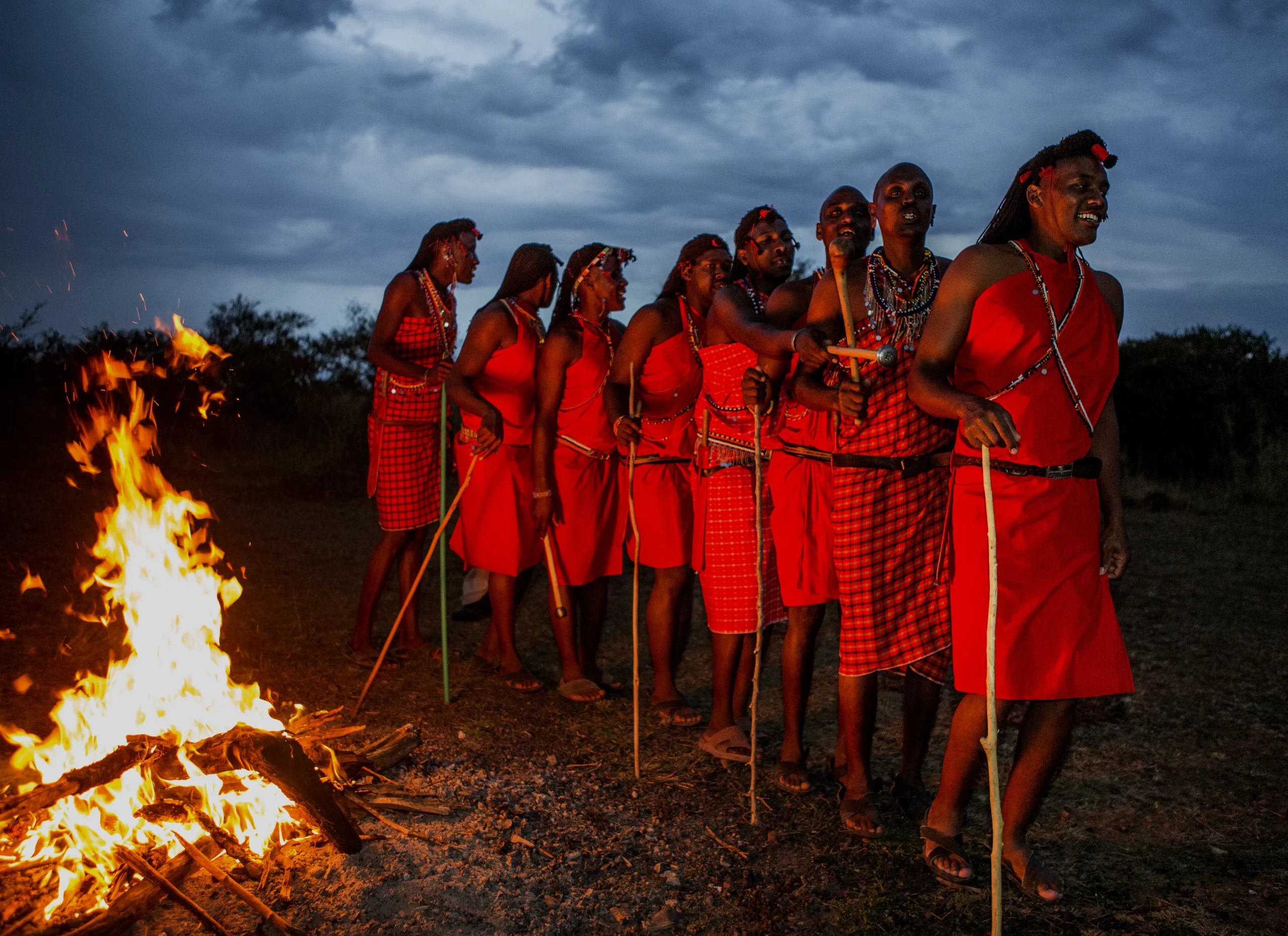
Conservation Experiences
For those interested in wildlife conservation, there are plenty of opportunities to learn about and contribute to these efforts. Participate in conservation experiences with organizations such as the Kenya Wildlife Trust, the Sheldrick Wildlife Trust, and the Big Life Foundation, which are dedicated to predator conservation, habitat protection, and the rehabilitation of orphaned animals.
By choosing Kenya’s Masai Mara or Kenya & Tanzania combined tours that support these conservation efforts, you’re not just witnessing wildlife – you’re playing a part in preserving it for future generations. A commitment to sustainable safari experiences encompasses environmental management and community support, with 1% of safari bookings contributing to conservation programs and carbon offset initiatives.
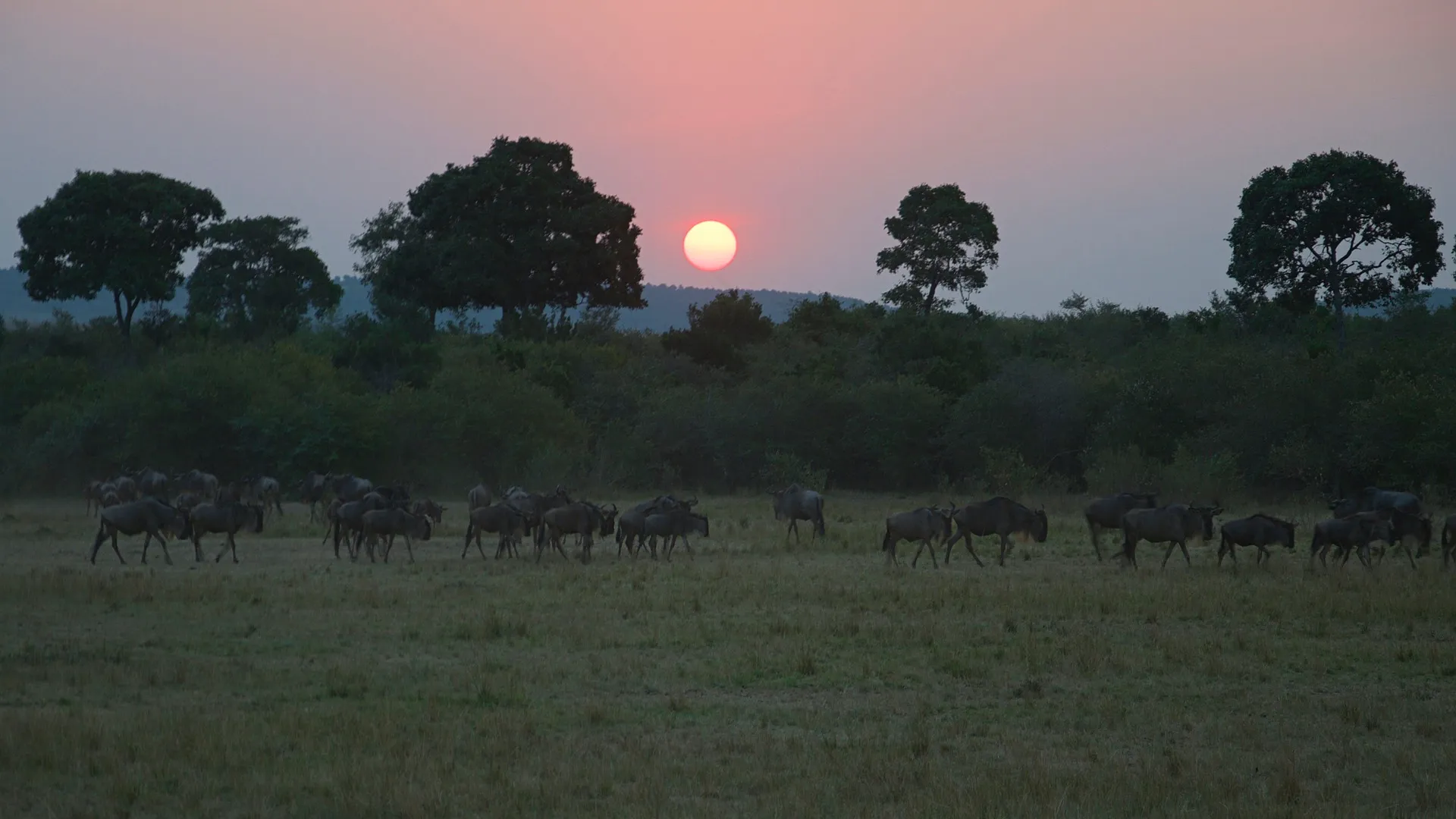
Planning Your Safari: Tips and Tricks
A well-planned combined Kenya and Tanzania safari can make all the difference in ensuring your experience is smooth and rewarding. From visa requirements to packing advice, there are several key considerations to bear in mind. Visa requirements for Kenya and Tanzania typically involve e-visas that can be applied for online prior to travel. For Tanzania, a single-entry tourist visa is valid for 90 days and can be obtained either online or on arrival.
As of 1st January 2024, you no longer require a visa to enter Kenya and visit its primarily big game destinations. Instead, you require an eTA (Electronic Travel Authorization) that will grant you access and ensure you enjoy the best of Kenya-Tanzania safari holidays.
It’s recommended to apply for a visa at least two weeks before the departure date to allow for processing time. It is also advisable for travelers to check the latest travel advisories and entry requirements before their trip due to potential changes in visa policies.
In preparation for the Tanzania safaris Kenya, travelers should seek advice on what to bring, wear, and ensure they have the necessary travel documents.

Must-Know Travel Essentials
Packing for Kenya-Tanzania safaris requires careful thought. Here are some essentials to consider:
- Lightweight, breathable clothing for the heat in Kenya and Tanzania
- Warm clothes for cooler regions
- Comfortable walking shoes for safaris and other varied terrains
- Sandals if you wish to have a combined Kenya wildlife and beach tour
Don’t forget to bring a pair of binoculars and a good quality camera to capture stunning wildlife and scenic views during the safari. Having cash in Kenyan shillings and carrying credit cards is necessary for various expenses during the trip. Electrical adapters are required for Kenya’s power outlets to ensure compatibility with travelers’ electronic devices.
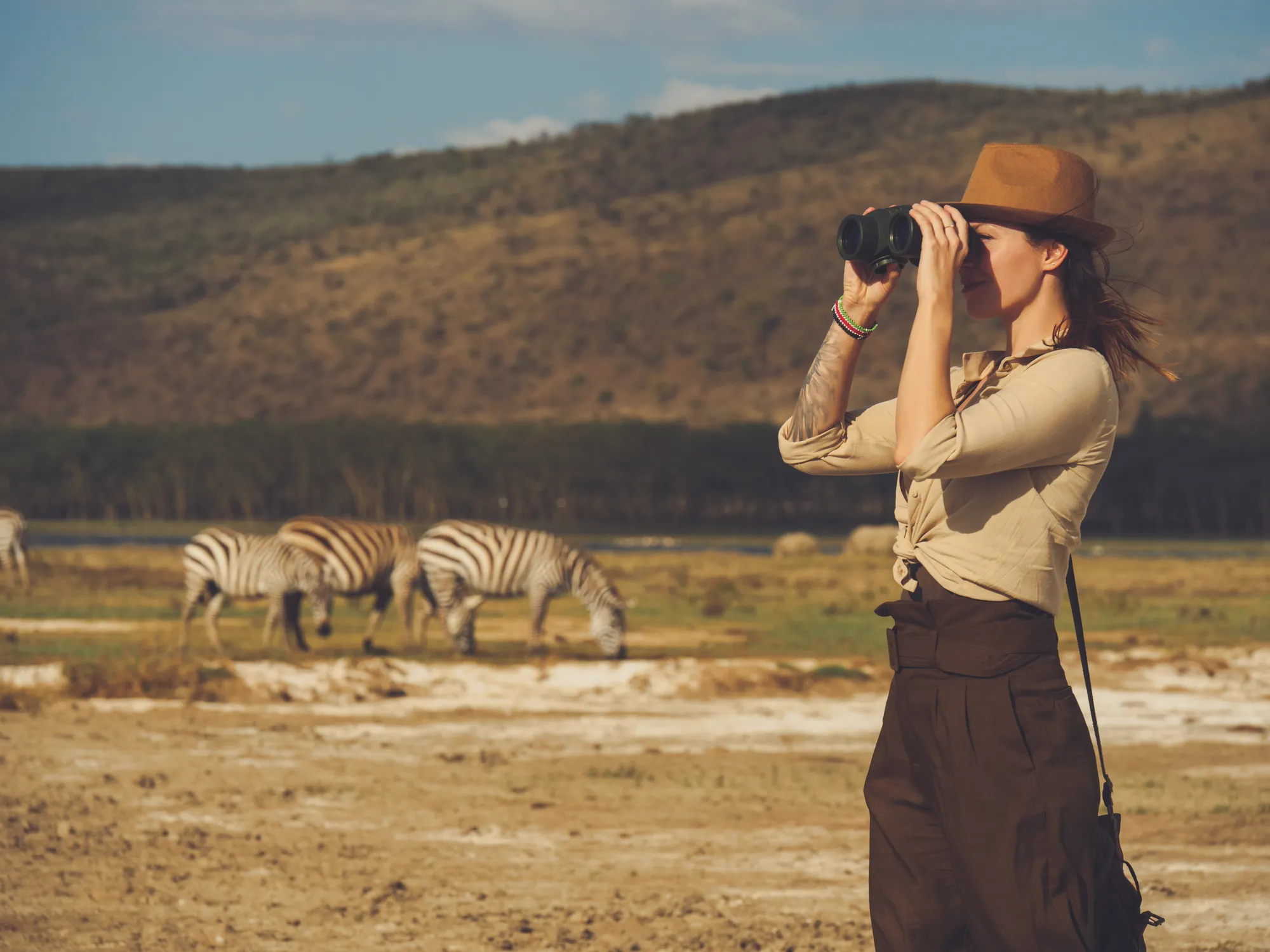
Staying Healthy and Safe
Health and safety are paramount when embarking on a Kenya-Tanzania safari. Travelers to Kenya are recommended to be vaccinated for a range of diseases including typhoid, cholera, hepatitis A, yellow fever, and malaria. For food safety, travelers should opt for established restaurants over street food, consume thoroughly cooked meals, and maintain hand hygiene.
To stay safe from crime and terrorism, travelers should avoid large gatherings and higher risk areas such as regions bordering Somalia and certain coastal and Nairobi areas. A basic first aid kit, along with any necessary personal medications, is essential to include when packing for a safari.
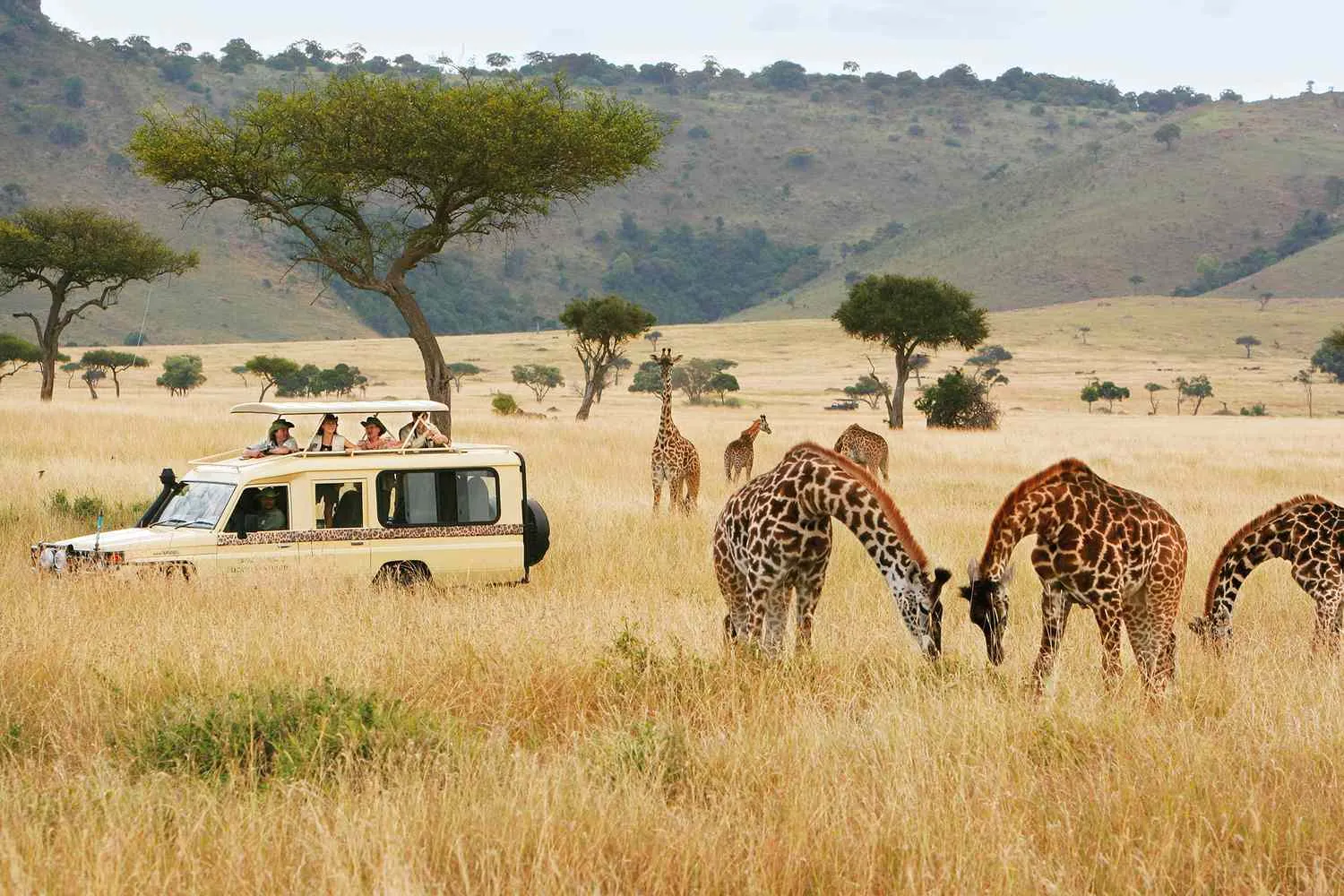
Summary & Frequently Asked Questions
Combined Kenya and Tanzania offer the ultimate safari experience, teeming with diverse wild animals, breathtaking landscapes, and rich cultural encounters. Every moment promises to be an adventure whether you’re tracking the Great Wildebeest Migration across the vast plains of the Serengeti or Masai Mara National Reserve, witnessing the Big Five in the Ngorongoro Crater, or immersing yourself in the traditions of the Maasai tribe. With careful planning and a respect for the natural world, you’re set for an unforgettable journey into the heart of Africa’s wilderness.
1. Are safaris better in Kenya or Tanzania?
You can’t go wrong with either Kenya or Tanzania for a safari, but Tanzania has a slight edge due to its larger national park and impressive crater. Enjoy an unforgettable wildlife experience there!
2. How many days do you need for Tanzania safari in Kenya?
You should allow for up to two weeks for a safari combining the best of Kenya & Tanzania. Most safaris include the very popular Serengeti National Park and Masai Mara National Reserve. You can even add some days on the beach to your trip.
3. What is the 10 day safari in Kenya and Tanzania?
The 10-day safari in Kenya and Tanzania includes visits to 6 parks and reserves – 3 in each country, covering Lake Nakuru National Park, Masai Mara, Serengeti National Park, Ngorongoro Crater, Tarangire National Park, and Amboseli National Park.
4. Which month is best for safari in Kenya and Tanzania?
The best time for a safari in Kenya and Tanzania is generally from mid-June through late October, with peak season around August and September. This period offers the best weather and thrilling game viewing experiences.
5. When is the best time for a Kenya and Tanzania safari?
The best time for a Kenya and Tanzania safari is during the dry seasons of June to October in Kenya, and June to November in Tanzania, for optimal game viewing and witnessing the wildebeest migration. Enjoy your adventure!
6. Which are the best national parks and reserves for Kenya and Tanzania safaris?
The best parks and reserves in East Africa included Lake Nakuru National park, Ngorongoro Crater, Amboseli National Park, Tarangire National park, Lake Manyara National Park, & Maasai Mara National Reserve. Tarangire is a small but beautiful park in Tanzania while Ngorongoro Crater is among the most populated safari destinations in the two East African countries.
Lake Nakuru and Lake Manyara are rift valley lakes, making Kenya and Tanzania combined safaris worth every penny.

